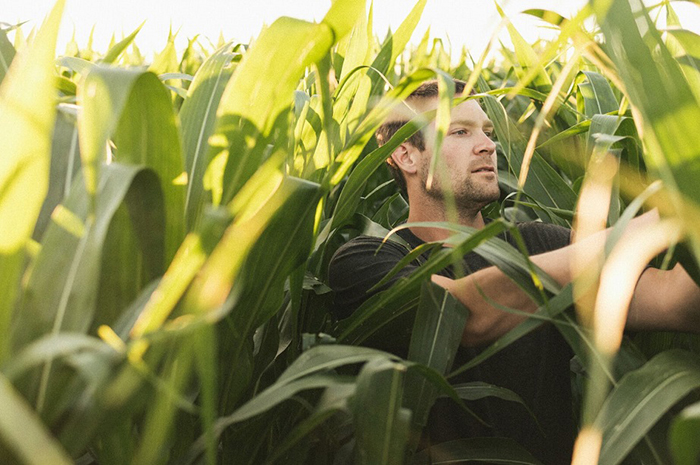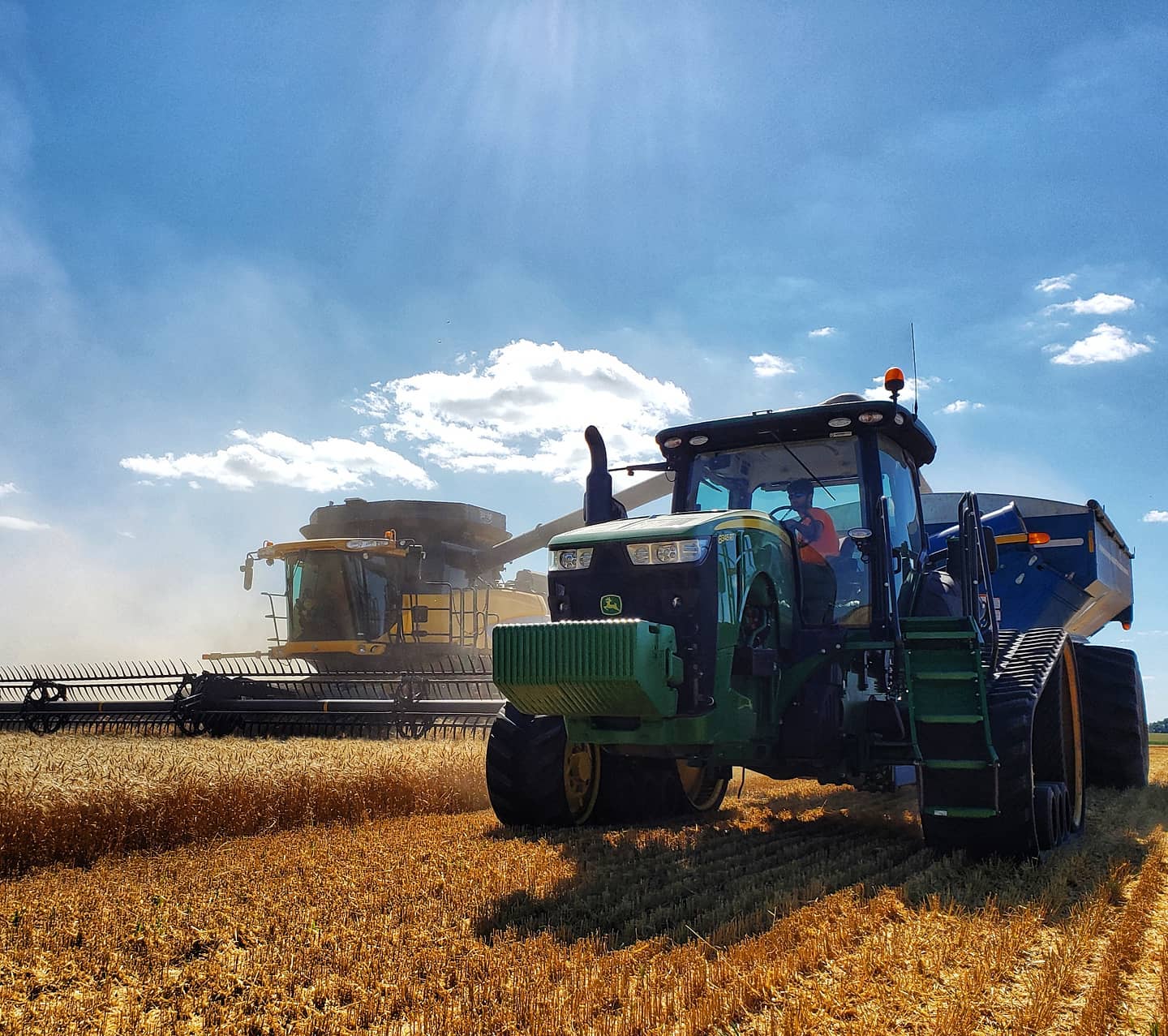Recently I took a road trip to southeastern Iowa to visit Mitchell Hora, my co-host for a new podcast that I am very fortunate to be part of, Minnesota Public Radio’s Field Work Podcast. The primary focus of the Field Work podcast is to create a public venue in which we can discuss the various successes and challenges of diverse farming practices, and share that information with a larger online farming audience.
My co-host, Mitchell, hosted a field day event at his farm near Ainsworth, so I was compelled to jump in the truck, and make the trip and check out what he was doing firsthand. To add context, Mitchell owns and operates a soil health consulting business called Continuum Ag, where he is a trusted consultant and partner to many farm operations in the area. Although he’s young, he has been fortunate to have been exposed to a broad range of farming practices, providing him with experience beyond his years. His experience, complimented with his passion and determination to be an advocate and an educator for soil health, is something I have developed a tremendous amount of respect for.
Tillage Practices
Tillage practices tend to stir up a broad range of emotions among farmers, and there are no one-size-fits-all solution. My philosophy that based on a lot of soil types, and a lot of climates, the optimal scenario for soil health is a zero-till system, which incorporates cover crops to keep the soil shielded from erosion, and soil active underneath the surface. However, the reality is that on many farms that may not be a viable option, and it certainly isn’t an easy transition after generations of instilled farming beliefs.
In my neck of the woods, we are almost entirely conventional tillage. Depending on the weather (like everything else in farming), we can get by with less tillage in certain areas of the farm, based on the type of soil in that field. However, in my experience, I have seen detrimental effects on my crops health and yield from trying less tillage. Yes, I understand that the soil takes time to adapt from a conventional tillage system to a situation where the soils aggregate stability is required to be built up over time, to allow for more water infiltration, etc. The difficult part as a farmer and business owner is the potential financial loss that may occur over several years, as you allow for your soil to transition to these new methods. Farming isn’t exactly a thriving industry at the moment, so to make a choice that will potentially sacrifice short term yields, and ultimately, income isn’t an easy decision.
Even after that decision, there is more uncertainty and questions to be asked.
What You Can Do
Working on the podcast with Mitchell has provided me the opportunity to learn from him and talk to dozens of people that are continually involved in helping farmers navigate through these soil health, and transitional questions. I admit I haven’t yet taken too many steps to try for a transition myself, but I’m learning. I am proactively learning about what potential investments will need to be made in things like alternative machinery, and I continue to speak to farmers who have made successful transitions, and some who have not. You should also check out the"Upper Midwest Tillage Guide" from Jodi DeJong-Hugher and Aaron Deigh. This is the main publication that I reference when it comes to tillage.
As farmers, we have a massive responsibility to take care of our soil and water. Like our generations before us, we have a commitment to the land, and our natural resources to ensure we have a thriving farm, healthy soil, and clean air for my children, and theirs to come.
It’s a complicated subject, and obviously, there’s no easy answer, or solution that will work the same for all farmers. I spend a lot of time contemplating it, but we’re all together in this, and I encourage you to have an open mind, ask questions, and learn from each other in the farming community.
Visit Zach's YouTube page to see the latest videos from the MN Millennial Farmer here.
To view more posts from the MN Millennial Farmer, view our related blog posts below.


